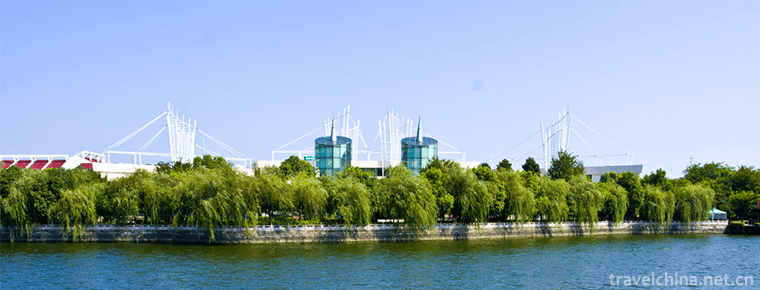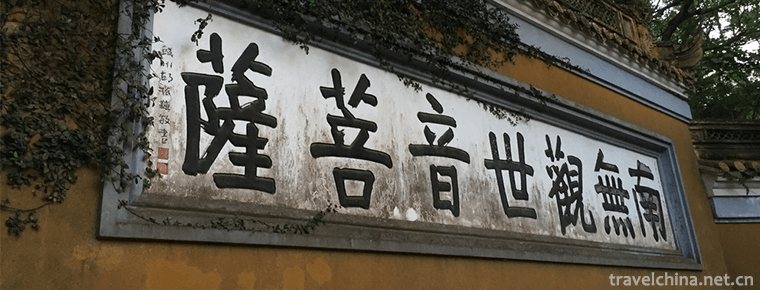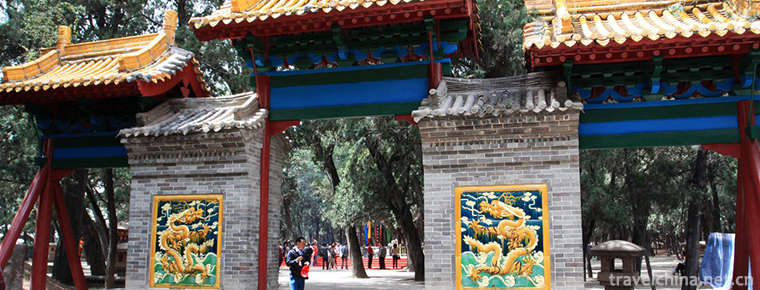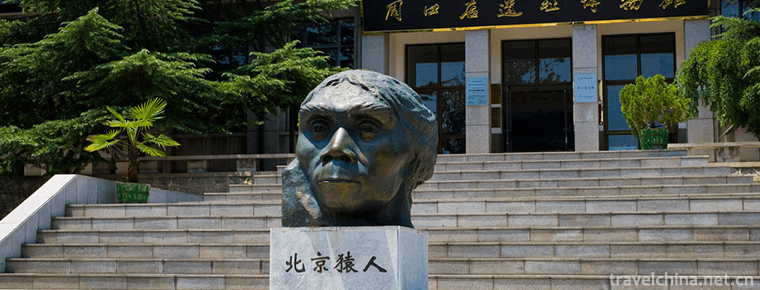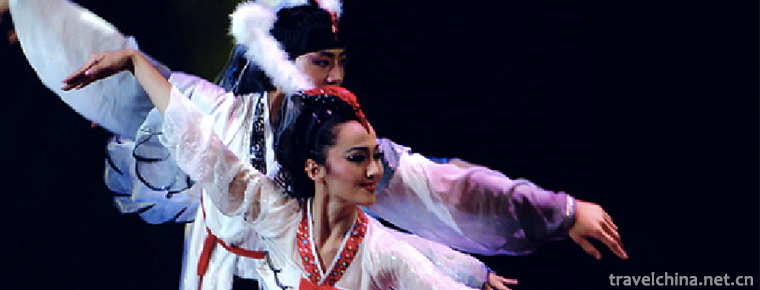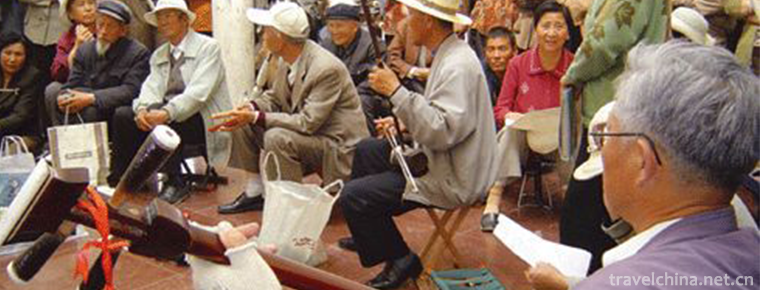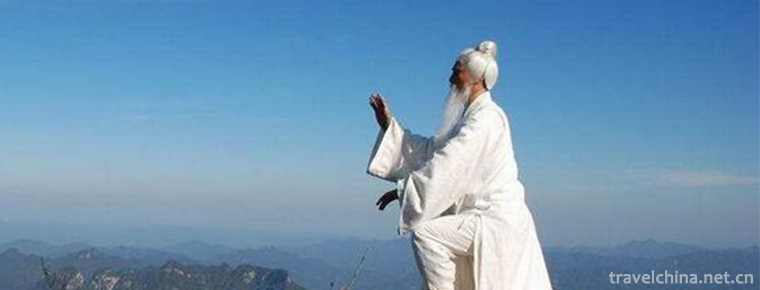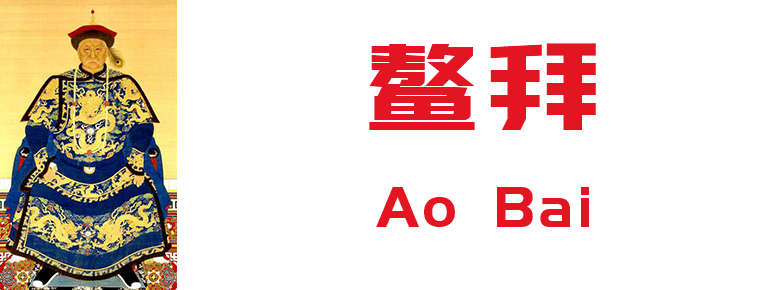Xuan dance
Xuan dance
Xuan is the Xiangxiong language. The earliest name used by Yongzhong Ben religion of the ancient Xiangxiong Buddha is "Xuan" dance. Xuan has more profound and profound implications. Xuan is a transliteration in Chinese translation. Xuan, Xuan and Xian have been used to express the meaning of song and dance. "Xuan" Dance and the other two kinds of Ali are still popular today.
"Kale" and "Zhuo" (Zhuo includes Guozhuang) are two series of songs and dances with strong cultural characteristics of Xiangxiong. Xuan dance is a kind of traditional Tibetan lyric song and dance, which is rich in ancient charm and elegant in expression, singing and dancing.
On June 7, 2008, Xuanwu was listed in the second batch of national intangible cultural heritage list with the approval of the State Council.
The earliest propaganda dances can be traced back to the glorious and prosperous period of the Ancient Xiangxiong Dynasty. According to Tibetan historical records, propaganda dances were performed whenever Yongzhongben Buddhist Zu Dunba was welcomed or sent to Yongzhongben, and on the fifteenth day of the first lunar month, when Miwo Buddha was born. The number of dancers is less than 20, and more than 100. A male dancer is inspired by a leather drum. Among all the "Xuan" schedules, he is the first to take the lead in dancing. When dancing Xuan dance, dancers always wear the most exquisite and luxurious clothes, the most brilliant cloak, the most precious and dazzling jewelry, headdresses covered with silver inlaid with red coral and turquoise, and other jewelry. Their arms are crossed in front of their chest, dancing with Xuan dance steps, singing and dancing with Dragon Body lines or changeable queues. First slow and then fast dance rhythm dancing, accompanied by big drums, small drums, big trumpets, Suona, gongs, bowls, etc., melodious voice, steady gait, singing and dancing, dancing "Xuan" dance turn direction is also consistent with the direction of the transformation of Xiangxiong Yongzhong Ben religion .
Xuan Dance originated from the ancient Xiangxiong Dynasty and developed continuously when it was inherited to the Guge Dynasty. Xuanxiong dance is the most iconic traditional folk art in Ali area. It has been inherited completely for thousands of years from Xiangxiong to Guge. It records history well and expresses the pious beliefs of Plateau people. "Xuan" dance is a combination of speaking, singing and dancing. Its costumes are exquisite and luxurious, its songs are melodious and its gestures are graceful and graceful. The whole dance is noble and elegant, its gait is steady and graceful, which contains solemn joy. The dance form is different from the fast rhythm of Tibetan dance in other areas. The dance gestures blend the folk dances of Central Tibet and Post-Tibet. The essence is unique, and the rap form shows the profound and unique charm of the culture and art of ancient times, which covers all aspects of Tibetan religion, etiquette, customs, festivals and so on. Xuanwu is also a beautiful carrier and an excellent way to display the rich and beautiful Tibetan costumes. It has strong cultural color and unique charm of the elephant male.
Its dance posture combines the essence of Chinese Tibetan and Tibetan folk dance. It has unique features. The rap form shows the unique charm of Tibetan ancient language and literature, covering all aspects of Tibetan religion, etiquette, customs, festivals and so on. It gives people a sense of joy in a clear hierarchy, step by step and tranquility. "Xuan" dance combines Tibetan opera, dance, rap and other major Tibetan folk arts, and adds new development and changes on this basis. It is different from other folk art forms in Tibet, and has its own unique style and charm.

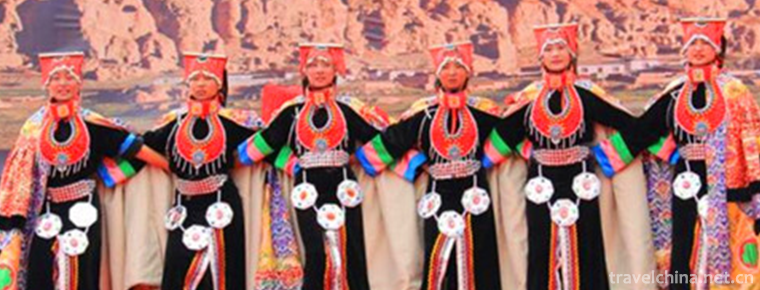
Xuan dance
-
Tianmu Lake
Tianmu Lake is located eight kilometers south of Liyang City, Changzhou. It is named Tianmu Lake because it belongs to the remnants of Tianmu Mountain
Views: 167 Time 2018-12-06 -
Putuo Mountain Scenic Spot
Putuo Mountain Scenic Spot, located about 100 nautical miles east of Hangzhou Bay, Zhejiang Province, is an island in Zhoushan Islands. The island covers an area of 12.5 square kilometers
Views: 172 Time 2018-12-07 -
Huangdi Mausoleum Scenic Area
Huangdi Mausoleum is the tomb of Xuanyuan Huangdi, the ancestor of the Chinese nation. It is the only Huangdi Mausoleum recorded in Historical Records.
Views: 177 Time 2018-12-12 -
Peking Man Site at Zhoukoudian
Zhoukoudian Peking Man Site, located in Longgu Mountain, Fangshan District, Beijing, is an important Paleolithic site in China. Since 1927, three complete skulls and some remnants have been found in t
Views: 135 Time 2019-03-20 -
Korean Crane Dance
Crane Dance of the Korean Nationality has a long history and is a unique dance performance form of the Korean Nationality in China. It has the national characteristics and the value of artistic resear
Views: 213 Time 2019-04-16 -
Ping Zhou He Zhou
Hezhou Pingxian was known as Pingdiao and Rhythm in ancient times, and it was also called Linxia Pingxian after 1949. Its main musical instrument is three strings.
Views: 268 Time 2019-05-03 -
The Art of the Peking Solo stringed Orchestra
The unique charm of the unique stringed instrument art of the Jing ethnic minority in China. It is a non-material cultural heritage project of the Beijing solo string art in Guangxi Zhuang Autonomous
Views: 385 Time 2019-05-07 -
Taiji boxing
Taijiquan, a national intangible cultural heritage, is based on the traditional Chinese Confucian and Taoist philosophy of Taiji, Yin-Yang dialectical concept as the core idea, integrating many functi
Views: 202 Time 2019-06-18 -
Ao Bai
O Bai (about 1610) - 1669, Manchu: Oboi) Guwalgiya Manchuria is set in Huangqi banner. Mio Yuanhoon, Quan Chen, the son of Saul fruit of the tribal chieftain of the Qing Dynasty, the founding fathers
Views: 273 Time 2019-09-11 -
Administrative division of Panzhihua
Panzhihua City has 5 county-level administrative divisions (Municipal District 3, county 2) and 49 township level administrative divisions (street 11, town 23, township 15). It covers an area of 7440 square kilometers and has a population of 1.12 million. Panzhihua Municipal People's government is located at No. 2, bingcaogang street, East District.
Views: 336 Time 2020-12-14 -
Administrative division of Deyang
Deyang City has 6 county-level administrative divisions (Municipal District 2, county-level city 3, county-1), and 84 township level administrative divisions (street 13, town 67, township 4). It covers an area of 5911 square kilometers and has a population of 3.92 million.
Views: 340 Time 2020-12-14 -
Dazhous location
Dazhou is located in the junction of Sichuan, Chongqing, Hubei and Shaanxi provinces and the Chengdu Chongqing Economic Belt in the upper reaches of the Yangtze River. It is the "East Gate" of Sichuan opening to the outside world and a key regi
Views: 279 Time 2020-12-20
